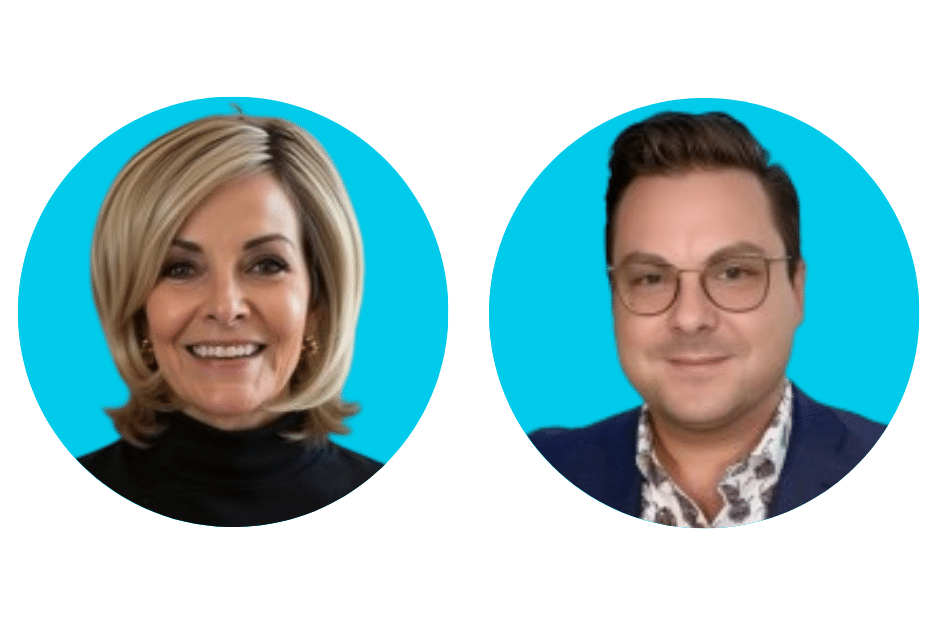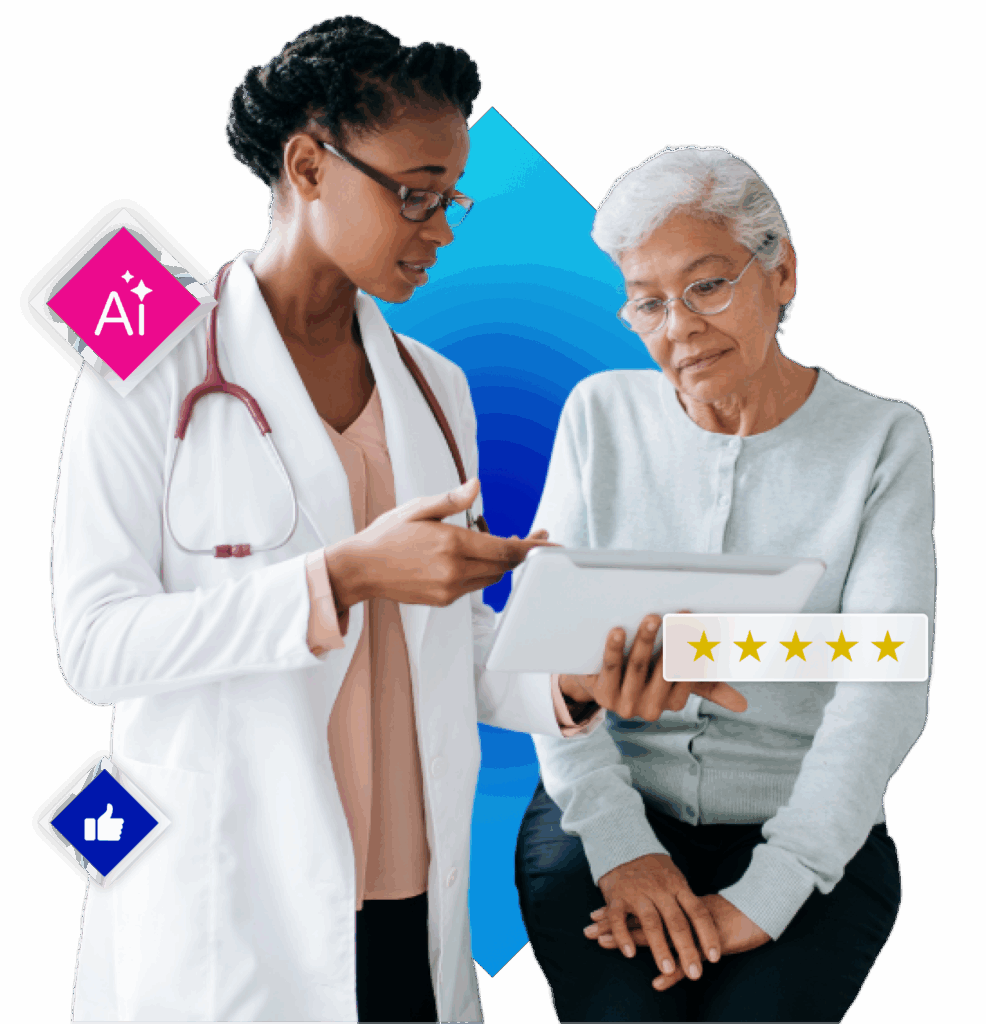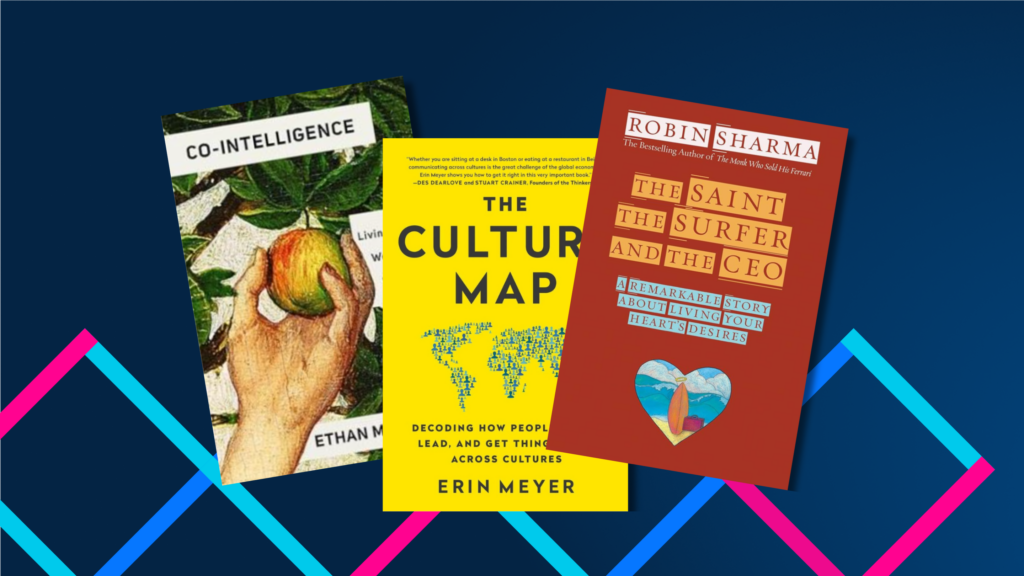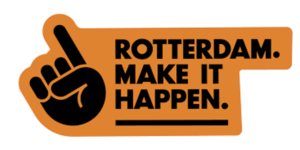
Glenna Crooks, PhD and Paul Hambly, EVP of Supply at Toluna
AI is transforming industries across the board, and healthcare is no exception. This is the second in a series of articles exploring physicians’ perspectives on GenAI. It addresses their general views about GenAI, and shows that while physicians are generally enthusiastic about GenAI, that enthusiasm does not extend to its applications in healthcare.
General enthusiasm for GenAI
Physicians are informed about GenAI, optimistic about its future, and in widespread agreement about GenAI’s promises in general. We see the greatest enthusiasm among these three groups:
01
High-volume physicians seeing 150+ patients weekly show greater enthusiasm across key metrics and expect GenAI to be adopted within the next 3-5 years.
02
Hospital-based and teaching physicians demonstrate greater optimism about GenAI in general compared to other practice settings and show a pattern similar to high-volume physicians.
03
Mixed adult-pediatric practices show significant interest in GenAI, perhaps because of the complexity of treating a wide age range.
Despite these expressions of enthusiasm, physicians don’t yet agree on how GenAI will specifically benefit healthcare. This uncertainty signals potential implementation challenges as new applications emerge and physicians are asked to adopt them.
Though 87% say GenAI will uncover insights they might otherwise miss, opinions on which applications will have the greatest impact are skewed:

81% say GenAI will make their job easier. When asked about which specific GenAI healthcare applications could enable that:
84% say GenAI will make their job more efficient. Regarding specific GenAI healthcare applications, responses are varied:
The only application with widespread consensus concerns biopharmaceuticals: few physicians believe it will speed up drug development, ranking it lower than all other potential benefits of GenAI. It was named by only 4% of physicians as the top benefit and by 14% as one of the top three.
Coming next
Our next article will dive deeper into the views of physicians who are the most optimistic about GenAI, highlighting what sets them apart from those who are more cautious.

Endnote:
As part of our “AI Everywhere” strategy, Toluna is committed to helping organizations navigate the opportunities and responsibilities that AI brings with it. We partnered with Glenna Crooks, PhD, a recognized policy strategist in global healthcare, to engage over 2,000 physicians on their views of generative AI.[1]
Using Curizon, Toluna’s proprietary panel of healthcare professionals, we explored perceived benefits and risks of AI in healthcare, accountability in the event of harm, and the need for ethical guidelines. The research also examined the advisability of a GenAI Oath modeled after traditional oaths taken by healthcare professionals.
[1] This survey was scripted and programmed by Toluna and fielded in February 2025 with 2,739 healthcare professionals in Toluna’s proprietary healthcare panel Curizon. Survey author: PersonaPanels & Glenna Crooks, PhD. All percentage data points and significance markers (p < 0.05) are derived directly from the survey cross-tabulation analysis.




